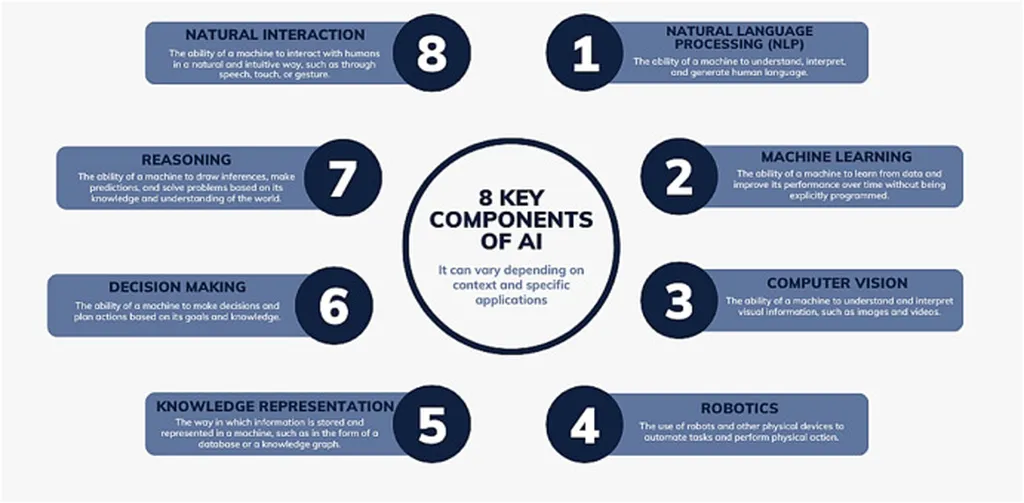In the heart of China’s agricultural innovation, a groundbreaking study led by Ziye Liu from the China Agricultural University is set to revolutionize pest management in the agricultural sector. The research, published in the journal ‘Insects’ (translated to English as ‘昆虫’), introduces a high-precision pest management system that leverages multimodal fusion and attention-guided lightweight networks, promising to enhance global food security and sustainable agricultural development.
Traditional pest management models have long grappled with the challenges of single-modal inputs and poor recognition stability under complex field conditions. Liu’s research addresses these limitations head-on by proposing a multimodal recognition framework that integrates RGB imagery, thermal infrared imaging, and environmental sensor data. This innovative approach employs a cross-modal attention mechanism, an environment-guided modality weighting strategy, and decoupled recognition heads to bolster the model’s robustness against small targets, intermodal variations, and environmental disturbances.
The results are nothing short of impressive. Evaluated on a high-complexity multimodal field dataset, the proposed model significantly outperforms mainstream methods across four key metrics: precision, recall, F1-score, and mAP@50. The model achieved a remarkable 91.5% precision, 89.2% recall, 90.3% F1-score, and 88.0% mAP@50, representing an improvement of over 6% compared to representative models such as YOLOv8 and DETR.
“Our goal was to create a system that could reliably identify and manage pests in real-world agricultural settings,” said Liu. “The integration of multiple data sources and advanced attention mechanisms has allowed us to achieve unprecedented levels of accuracy and robustness.”
The study also conducted ablation studies to confirm the critical contributions of key modules, particularly under challenging scenarios such as low light, strong reflections, and sensor data noise. Deployment tests on the Jetson Xavier edge device further demonstrated the feasibility of real-world application, with the model achieving a 25.7 FPS inference speed and a compact size of 48.3 MB. This balance of accuracy and lightweight design is crucial for practical deployment in the field.
The commercial implications of this research are substantial. For the agricultural sector, this technology promises more efficient and precise pest management, reducing the need for chemical pesticides and promoting sustainable farming practices. The integration of edge computing in agriculture also opens up new avenues for real-time monitoring and decision-making, enhancing overall productivity and food security.
As the world grapples with the challenges of climate change and increasing food demand, innovations like Liu’s multimodal pest management system are more critical than ever. By providing an efficient, intelligent, and scalable AI solution for pest surveillance and biological control, this research contributes significantly to precision pest management in agricultural ecosystems.
The future of pest management lies in the integration of advanced technologies and data-driven approaches. Liu’s research sets a new benchmark for what is possible, paving the way for further advancements in agricultural visual intelligence and edge computing. As the agricultural sector continues to evolve, the adoption of such technologies will be key to ensuring sustainable and efficient food production for generations to come.

